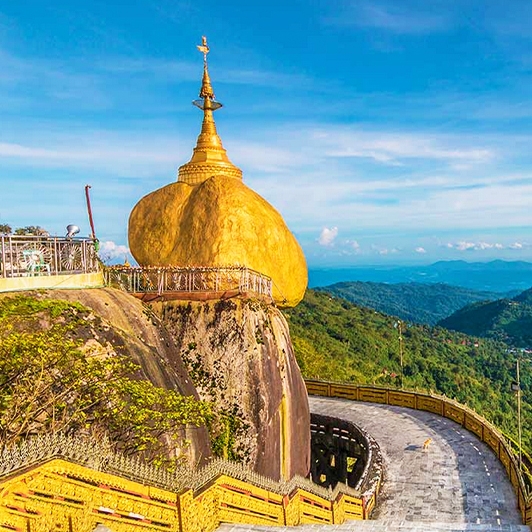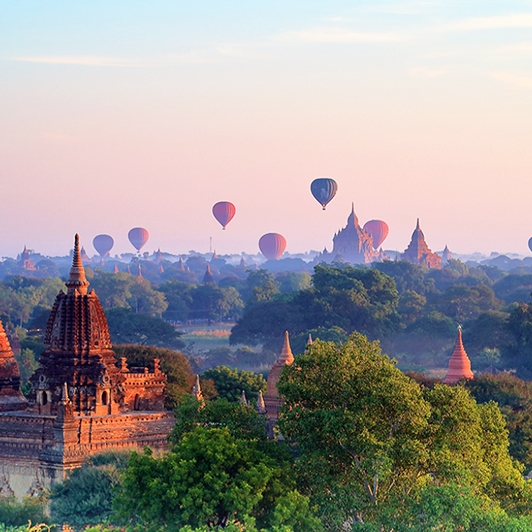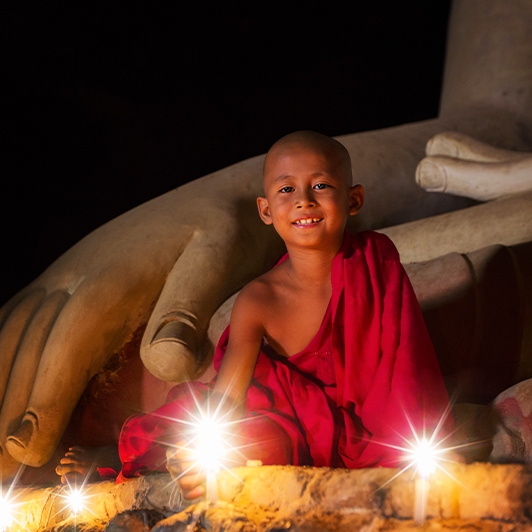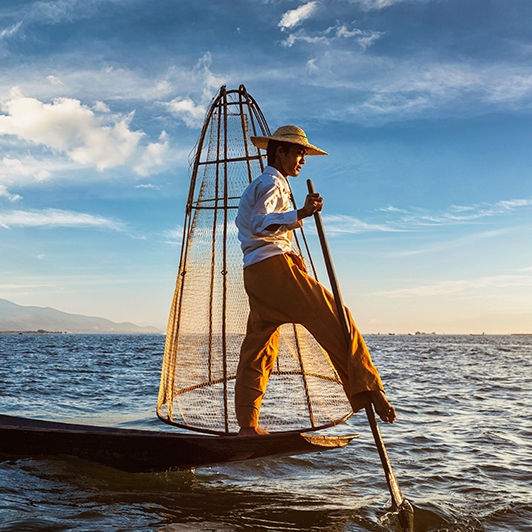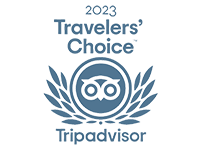Myanmar Travel Guide - Need to know
Myanmar, also known as Burma, is a Buddha-land where spiritual temples outnumber houses, and almost 90% of the population follows Buddhism. The country's landscapes, from rice paddies to misty mountains and gilded pagodas, evoke a sense of peaceful strangeness and ancient Buddhist tales. Myanmar retains traditional Southeast Asian characteristics, with diverse natural beauty from snowcapped Himalayan peaks to vibrant underwater reefs.
The country's history is a significant attraction for tourists, with a complex past that includes early civilizations like the Mon and influences from neighboring countries and colonial powers. Myanmar has experienced many changes, including a transition from military rule to a more inclusive state, fostering hope for democracy and peace.
Regardless of its name, Myanmar remains a captivating and controversial destination, showcasing an incredible blend of history, culture, and beauty.
The country's history is a significant attraction for tourists, with a complex past that includes early civilizations like the Mon and influences from neighboring countries and colonial powers. Myanmar has experienced many changes, including a transition from military rule to a more inclusive state, fostering hope for democracy and peace.
Regardless of its name, Myanmar remains a captivating and controversial destination, showcasing an incredible blend of history, culture, and beauty.

Culture
Myanmar's diverse cultural tapestry comprises over 130 ethnic groups, offering a captivating destination for cultural enthusiasts. Buddhism deeply influences both private and public life, with young people receiving monastic education and adhering to specific societal rules.
Respect for traditional eastern customs is essential in social interactions, avoiding touching Myanmar women and refraining from public displays of affection. Proper dress, covering knees and shoulders, is crucial, and a long traditional dress can convey friendliness.
Myanmar's conservative nature is balanced by beautiful seasonal festivals expressing gratitude to protect spirits. Festivals play a crucial role in Burmese culture, symbolizing vibrant life and rich traditions. One popular festival is Thingyan, a Buddhist celebration featuring a massive water fight, symbolizing the cleansing of sins.
Respect for traditional eastern customs is essential in social interactions, avoiding touching Myanmar women and refraining from public displays of affection. Proper dress, covering knees and shoulders, is crucial, and a long traditional dress can convey friendliness.
Myanmar's conservative nature is balanced by beautiful seasonal festivals expressing gratitude to protect spirits. Festivals play a crucial role in Burmese culture, symbolizing vibrant life and rich traditions. One popular festival is Thingyan, a Buddhist celebration featuring a massive water fight, symbolizing the cleansing of sins.
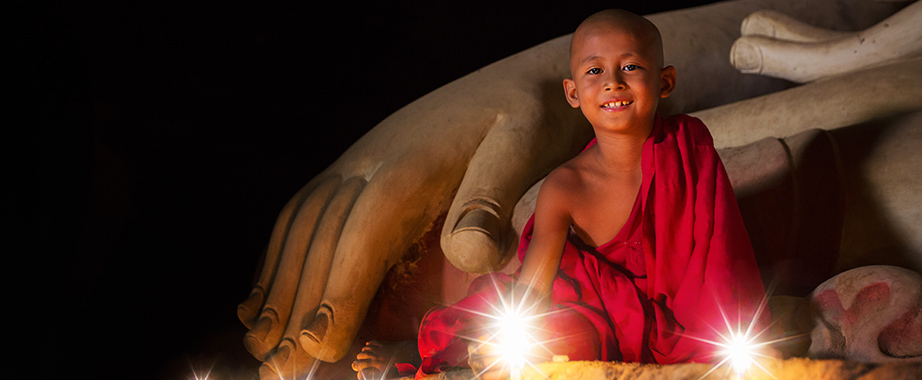
Weather in Myanmar
Myanmar experiences distinct seasons. The best time to travel is from October to April, offering pleasant weather and beautiful landscapes. From May to September, typhoons affect the coastline, and heavy rainfall and heat make travel difficult, creating a high and low season concept.
The weather also impacts your destination choices. In the high season, you can enjoy a stunning sunrise view over Bagan, while flights to Ngapali Beach may be canceled during the low season due to heavy rainstorms.
The weather also impacts your destination choices. In the high season, you can enjoy a stunning sunrise view over Bagan, while flights to Ngapali Beach may be canceled during the low season due to heavy rainstorms.

Transportation in Myanmar
How to come to this country?
By air: Flying to Myanmar is the most convenient option. Major destinations like Yangon and Mandalay have international airports with direct flights. Nay Pyi Taw also has an international airport for flights from China, Thailand, Singapore, etc. Flights from Vietnam take around 2 hours.
By land: For those seeking adventure and scenic views, a land journey from Vietnam through Cambodia or Laos, and Thailand is possible. However, it is a long trip of approximately 35 hours covering 2133.5 km by road.
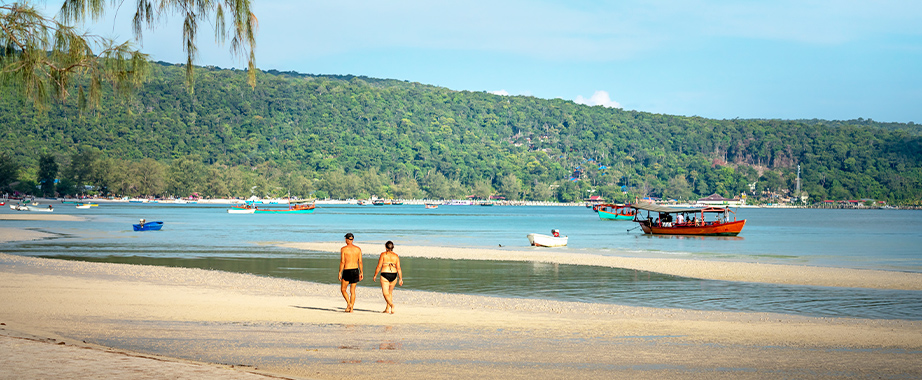
Travel tips
Security:
Myanmar is generally safe for tourists due to the government's focus on tourism development and the practice of spiritual Buddhism. Violence and petty crime rarely affect foreigners. However, road infrastructure for public transportation can be poor.
Things to Prepare:
Bring enough money for accommodation and transportation as Myanmar is no longer a cheap destination. Food is affordable, with dishes costing around $1-$2, and tipping is not common.
Bring enough money for accommodation and transportation as Myanmar is no longer a cheap destination. Food is affordable, with dishes costing around $1-$2, and tipping is not common.
Clothing:
Pack appropriate clothes for the season. In the rainy season (June to mid-October), bring light and breathable clothes with a waterproof coat. For the sunny season, a jacket is necessary for daytime and windy nights. Avoid short dresses or improper attire.
Pack appropriate clothes for the season. In the rainy season (June to mid-October), bring light and breathable clothes with a waterproof coat. For the sunny season, a jacket is necessary for daytime and windy nights. Avoid short dresses or improper attire.
Easy and Convenient Travel:
Buy a local SIM card for internet data, especially in main cities like Yangon and Mandalay where connections are faster and consistent.
Buy a local SIM card for internet data, especially in main cities like Yangon and Mandalay where connections are faster and consistent.
Myanmar Currency:
While USD is widely accepted in some places, it's better to use the local currency (kyat) for most transactions. Paying with kyat can be cheaper due to exchange rates. Some ATMs in Myanmar accept international cards, but credit cards are mostly accepted in high-end hotels and some city centers. Avoid exchanging money on the street and use reputable banks for currency exchange.
While USD is widely accepted in some places, it's better to use the local currency (kyat) for most transactions. Paying with kyat can be cheaper due to exchange rates. Some ATMs in Myanmar accept international cards, but credit cards are mostly accepted in high-end hotels and some city centers. Avoid exchanging money on the street and use reputable banks for currency exchange.
1 USD = 2100 Kyats
Top Myanmar Destinations

Yangon
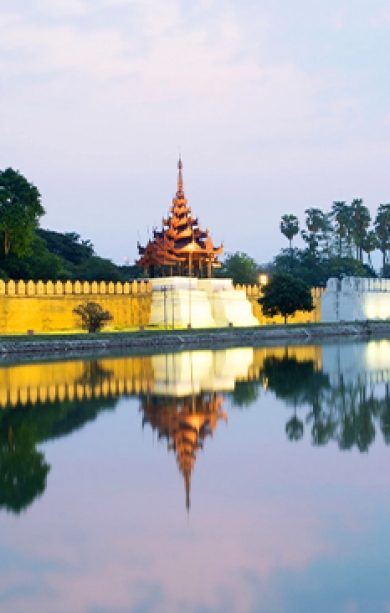
Mandalay

Bagan
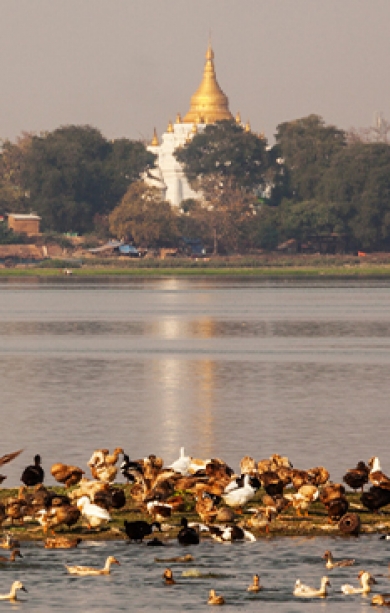
Amarapura

Inle Lake (Heho)

Mount Popa

Ngapali Beach
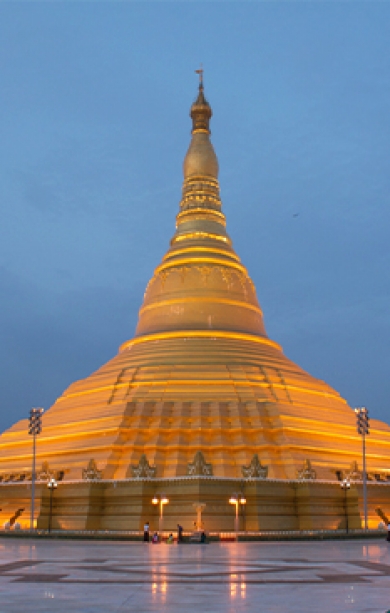
Naypyidaw
Recommended Myanmar Itineraries
Autour Asia is highly recommended on
Embracing the mission of "Satisfied more than expected" and providing authentic experiences, we have received numerous recommendations on reputable travel forums:







